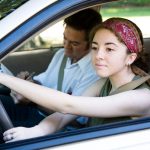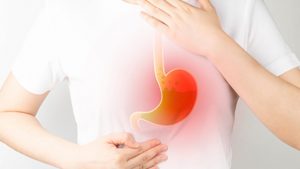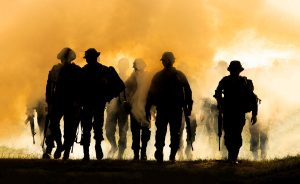
The coronavirus outbreak that is raging in China continued to spread Monday, with just over 40,000 cases and 908 deaths now confirmed. Those numbers far exceed the toll of the 2003 SARS outbreak, in which 8,098 were infected and 774 died worldwide, the Associated Press reported. Outside China, more than 440 cases have been reported, including two deaths. As of Monday morning, a total of 23 Americans onboard a quarantined cruise ship in Japan have also now tested positive for the virus, according to the AP. So far, a total of 136 passengers on the Diamond Princess, docked in Yokohama, Japan, have confirmed illness and 600 0f the 3,711 passengers have requested medications. Late last week, a 60-year-old man living in Wuhan, China, became the first American citizen to die from the new coronavirus that first surfaced in that Chinese city. The man, whose name has not been disclosed, died Thursday at Jinyintian Hospital in Wuhan, the U.S. Embassy in China said Saturday. According to the Washington Post, the embassy issued a statement with “our sincerest condolences to the family on their loss. Out of the respect for the family’s privacy, we have no further comment.” It’s not clear why the man was not able to leave Wuhan on one of a number of U.S. State Department evacuation flights that brought hundreds of Americans to… read on >
































